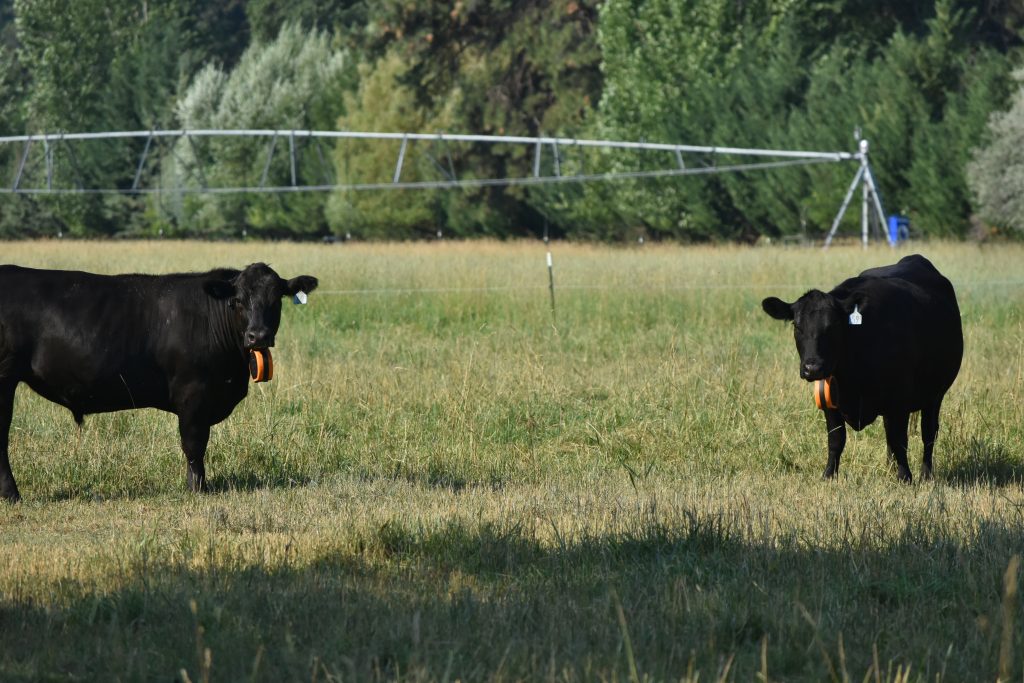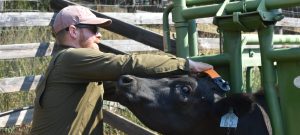The Project will apply innovative virtual fencing to grazing allotments in the mountain meadows of the Klamath Mountains to determine if the technique can sufficiently manage grazing in sensitive, high value areas to support recovery. We will work closely with the Klamath National Forest, grazing allotment holders, landowners and cattle managers over 4 seasons to limit grazing impacts in meadow systems on private and public lands that are being restored and/or support sensitive species.
The Project’s objective is to incentivize grazing allotment holders to pilot using an innovative virtual fencing system to protect high mountain meadow systems from on-going deleterious effects of grazing cattle. The Forest issues operating instructions that call for movement of cattle on the landscape to prevent individual areas from being overly impacted, but cattle tend to return to attractive areas, often sensitive meadow or riparian areas. Virtual fencing will assist in keeping cattle in the designated areas for each period of the grazing season as well as in locating cattle to move them appropriately.
The virtual fence system consists of solar powered base stations and GPS collars on individual cows. Through the base station the management software communicates with each collar to collect location data and update virtual fence boundaries. Collars work similarly to “invisible fence” systems for dogs: they use sound cues to warn the individual that it is approaching a boundary, followed by an animal-safe electric pulse if it continues. Herds are initially trained to the system in a fenced area; it usually takes less than four days.
On July 22, 2025, SRWC launched a pilot of our collar cow program at French Creek Ranch, with the generous support of landowners Michael and Betsy Stapleton. While the Stapletons are kindly allowing us to practice collaring on their cows, the long-term objective is to partner with allotment holders to manage cattle in high mountain meadows using GPS-enabled virtual fencing.
We’re using Gallagher’s eShepherd technology, which allows livestock to be guided without traditional fencing. Each collar weighs approximately 1.4 kg (3.09 lbs). These collars are designed for cattle that weigh 440 lbs. or more. The collars work by creating virtual boundaries and gently guiding cows using audio cues and mild pulses, improving livestock distribution while reducing impacts to sensitive riparian zones, wetlands, and restoration areas.
In theory, operators can track and move their cows right from their phone, adjusting boundaries in real time to respond to changing conditions on the ground and no barbed wire required.
This pilot marks a major step toward blending innovative technology with land stewardship, helping support both sustainable grazing and healthy watersheds in the Scott Valley. Thank you to the California Department of Fish and Wildlife for the funding for this project and recognizing the importance of finding solutions for working landscapes.

